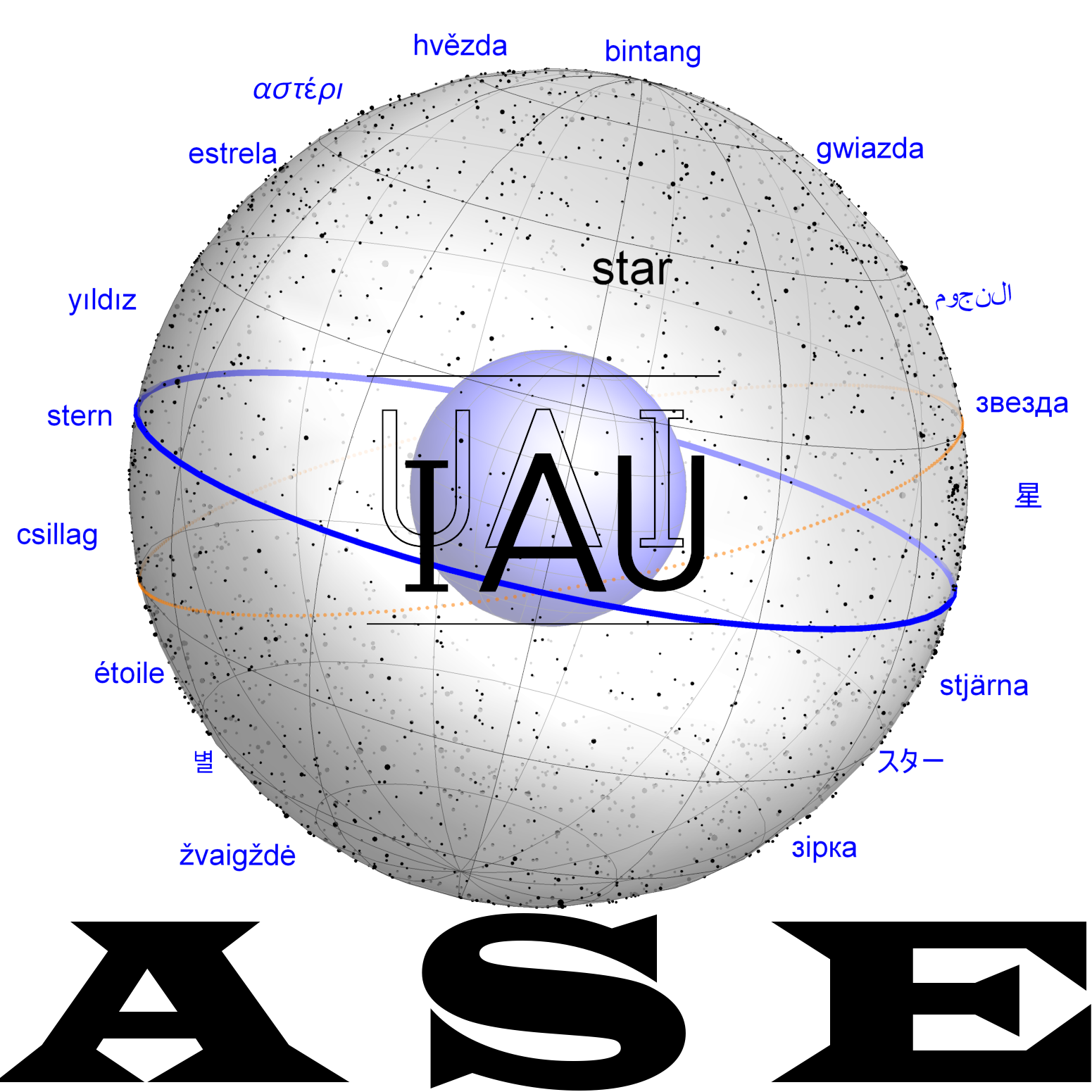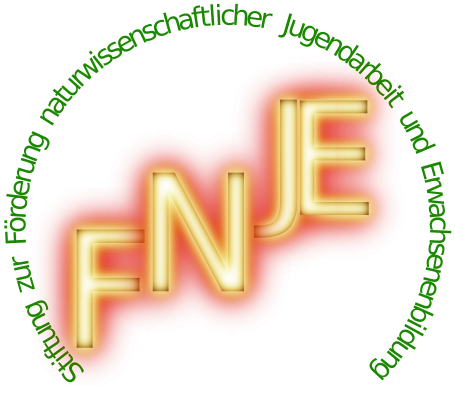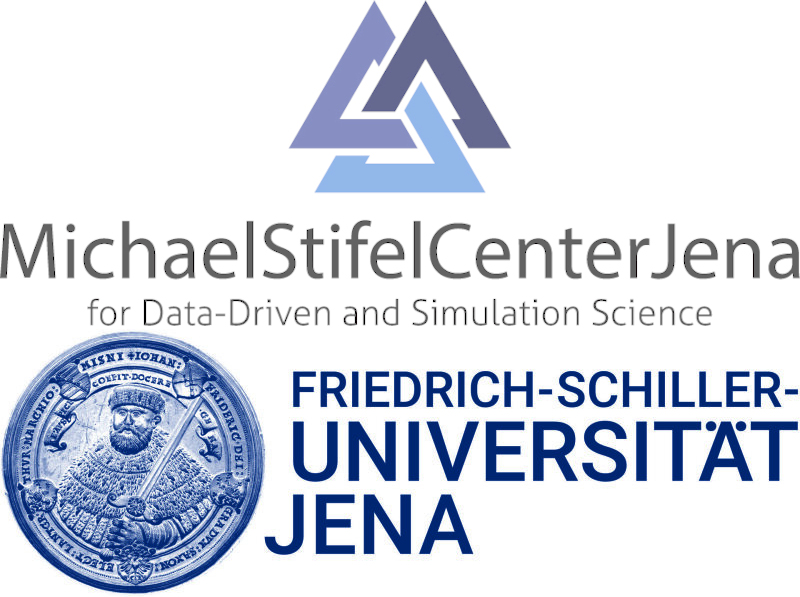Kaffalmusalsala: Difference between revisions
No edit summary |
(→Etymology and History: added provenience of the term and corrected the spelling) |
||
| Line 2: | Line 2: | ||
==Etymology and History== |
==Etymology and History== |
||
[[Andromeda]]'s right arm has always been drawn in this area of the sky. The star ι And is described as ''Τῶν ἐπἰ τοῦ δεξιοῦ άκρόχειρον'' (Halma, II, 48-49), ''i.e.'' "at the end of the right hand" together with ''κ'' and ''λ'' And. |
[[Andromeda]]'s right arm has always been drawn in this area of the sky. The star ι And is described as ''Τῶν ἐπἰ τοῦ δεξιοῦ άκρόχειρον'' (Halma, II, 48-49), ''i.e.'' "at the end of the right hand" together with ''κ'' and ''λ'' And. In Arabic, al-Ḥağğāğ translates as ''<sup>c</sup>lā ṭaraf al-kaff'', “at the tip of the right palm” and Isḥāq as ''<sup>c</sup>lā ’l-kaff'', “on the palm”. Al-Battānī does not mention these stars. As for al-Ṣūfī, he uses also the word ''al-Kaff'' in their description, and al-Bīrūnī does the same after him. |
||
Then the following identifications appear chronologically: |
|||
{| class="wikitable" |
|||
|''κ And'' |
|||
|''al-Awsaṭ min Kaff al-Musalsala'' |
|||
|the Median of the Palm of the Chained One |
|||
|Marrākušī (13th c) |
|||
|- |
|||
| |
|||
|''Wasaṭ Kaff al-Musalsala'' |
|||
|the Median of the Palm of the Chained One |
|||
|Miṣrī (14th c.) |
|||
|- |
|||
| |
|||
|''idem'' |
|||
|''Idem'' |
|||
|Tīzīnī (16th c.) |
|||
|- |
|||
|''λ And'' |
|||
|''Šamālī Kaff al-Musalsala'' |
|||
|The Northern of the Palm of the Chained One |
|||
|Miṣrī(14th c.) |
|||
|} |
|||
Only this one can be taken as a true proper name: |
|||
{| class="wikitable" |
|||
|''ι And'' |
|||
|''Kaff al-(Mu)salsala'' |
|||
|the Palm of the Chain One |
|||
|Aḫsāsī (17th) |
|||
|} |
|||
'''3 remarks.''' |
|||
# al-Aḫsāsī reads ''al-salasa'' in the manuscript, which is, as he quotes it (p. 436, n. 31), a scribal error for ''al-musalsala'', "the Chained One." It seems reasonable to reintroduce the exact word. |
|||
# In the transcription currently used, we write ''kaff'' and no longer ''Keff'', and the final /''t''/ of ''Salsalat'' is not justified. The name would therefore be ''Kaff al-Musalsala'', which is roughly the spelling used by Mustafa Pular in his catalog for ''κ And''. |
|||
# The stars ''ι'', ''κ'' and ''λ And'' all three deserve the name ''Kaff al-musalsala'', but their magnitudes are respectively: 4.29, 4.15, and 3.81. As we can see, ''λ And'' is the largest. |
|||
==Mythology== |
==Mythology== |
||
==IAU Working Group on Star Names== |
==IAU Working Group on Star Names== |
||
The name was discussed and approved by the IAU WGSN in 2023. The |
The name was discussed and approved by the IAU WGSN in 2023 due to its appearance in modern literature (Knobel 1895). The name is not in Simbad or anyhow known in the public. From the group of three lambda would be the brightest, but has an older name ([[Asidu]]); so we would suggest kappa And to be named with the Arabic term. However, we suggest to correct Knobel's spelling from the 19th century and name the star ''Kaffalmusalala'' (adapted to the IAU-Style Guide, simplified to pre-Unicode ASCII). |
||
The WGSN chose ... (not to apply/ to apply the name to a neighbouring star/ to ...) in the IAU-CSN. |
|||
== Weblinks == |
== Weblinks == |
||
Revision as of 11:34, 7 April 2025
E. B. Knobel (1895, MNRAS, 55, 429) "On a Catalogue of Stars in the Calendarium of Mohammad Al Achsasi Al Mouakket" (17th century, Arabic, from Cairo) has "Keff al Salsalat" (Latin transliteration "Manus Catenatae") for iota Andromedae (ι And).
Etymology and History
Andromeda's right arm has always been drawn in this area of the sky. The star ι And is described as Τῶν ἐπἰ τοῦ δεξιοῦ άκρόχειρον (Halma, II, 48-49), i.e. "at the end of the right hand" together with κ and λ And. In Arabic, al-Ḥağğāğ translates as clā ṭaraf al-kaff, “at the tip of the right palm” and Isḥāq as clā ’l-kaff, “on the palm”. Al-Battānī does not mention these stars. As for al-Ṣūfī, he uses also the word al-Kaff in their description, and al-Bīrūnī does the same after him.
Then the following identifications appear chronologically:
| κ And | al-Awsaṭ min Kaff al-Musalsala | the Median of the Palm of the Chained One | Marrākušī (13th c) |
| Wasaṭ Kaff al-Musalsala | the Median of the Palm of the Chained One | Miṣrī (14th c.) | |
| idem | Idem | Tīzīnī (16th c.) | |
| λ And | Šamālī Kaff al-Musalsala | The Northern of the Palm of the Chained One | Miṣrī(14th c.) |
Only this one can be taken as a true proper name:
| ι And | Kaff al-(Mu)salsala | the Palm of the Chain One | Aḫsāsī (17th) |
3 remarks.
- al-Aḫsāsī reads al-salasa in the manuscript, which is, as he quotes it (p. 436, n. 31), a scribal error for al-musalsala, "the Chained One." It seems reasonable to reintroduce the exact word.
- In the transcription currently used, we write kaff and no longer Keff, and the final /t/ of Salsalat is not justified. The name would therefore be Kaff al-Musalsala, which is roughly the spelling used by Mustafa Pular in his catalog for κ And.
- The stars ι, κ and λ And all three deserve the name Kaff al-musalsala, but their magnitudes are respectively: 4.29, 4.15, and 3.81. As we can see, λ And is the largest.
Mythology
IAU Working Group on Star Names
The name was discussed and approved by the IAU WGSN in 2023 due to its appearance in modern literature (Knobel 1895). The name is not in Simbad or anyhow known in the public. From the group of three lambda would be the brightest, but has an older name (Asīdu); so we would suggest kappa And to be named with the Arabic term. However, we suggest to correct Knobel's spelling from the 19th century and name the star Kaffalmusalala (adapted to the IAU-Style Guide, simplified to pre-Unicode ASCII).
The WGSN chose ... (not to apply/ to apply the name to a neighbouring star/ to ...) in the IAU-CSN.
Weblinks
Reference
- References (general)
- References (early modern)
- Ian Ridpath's website (Star Tales )




